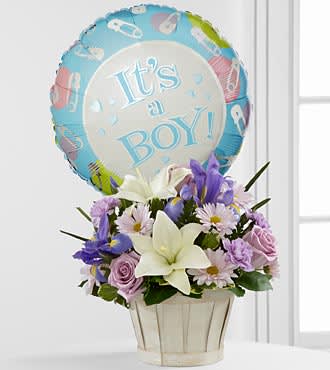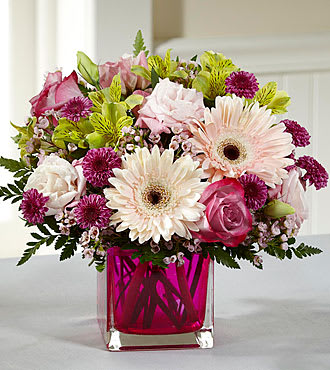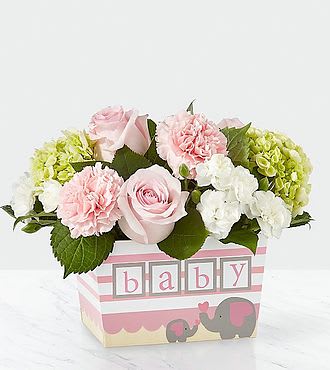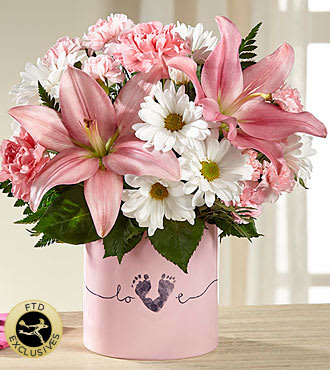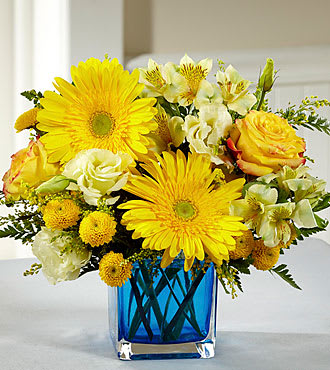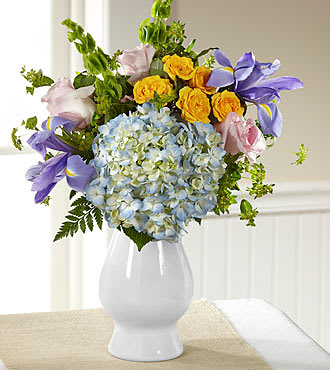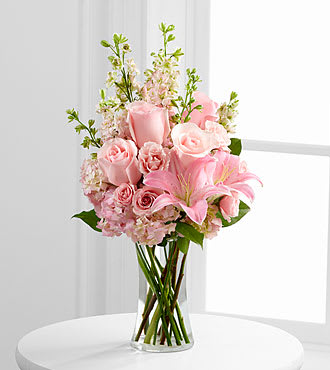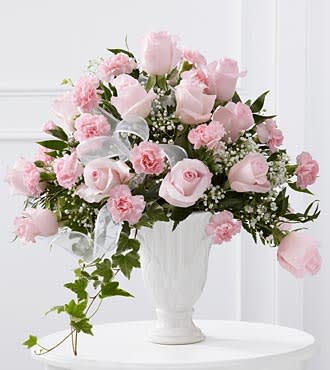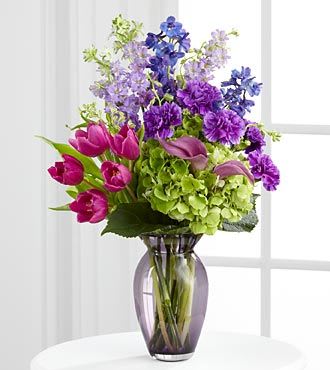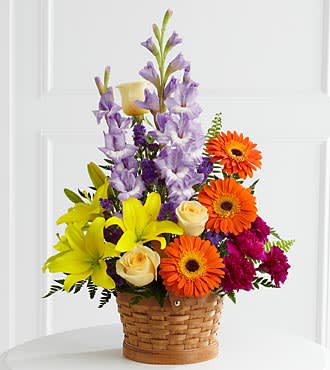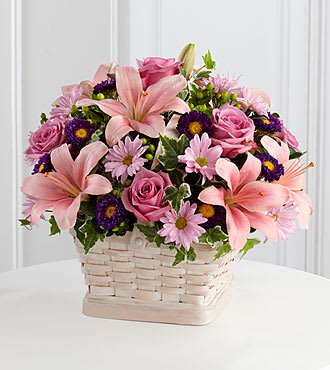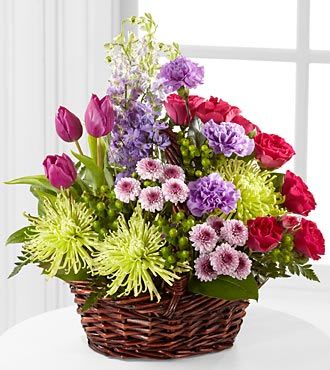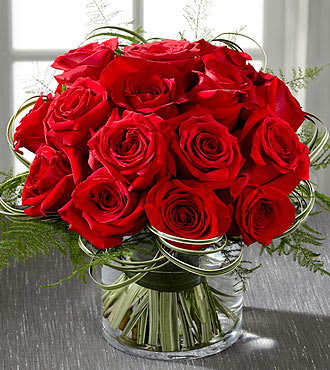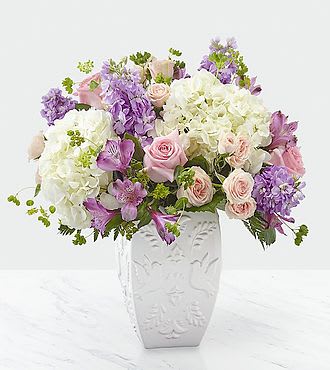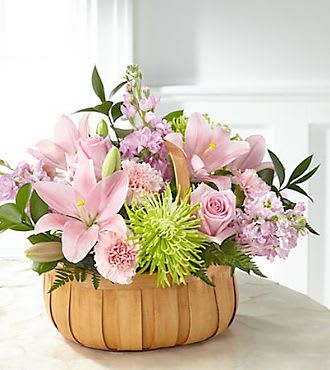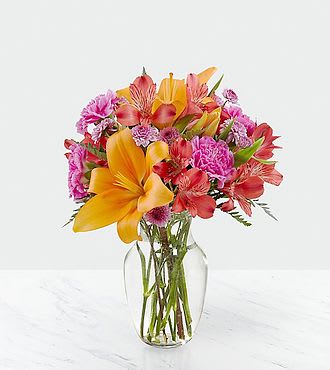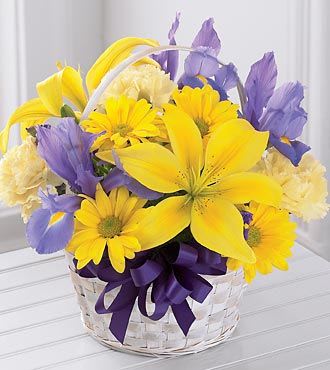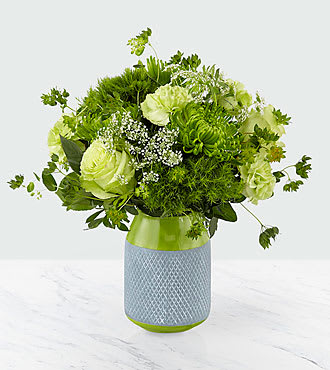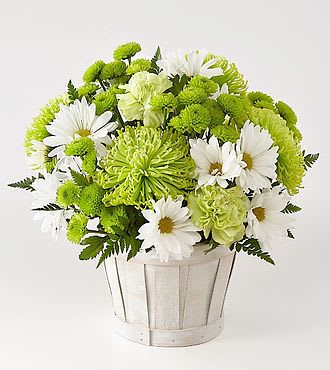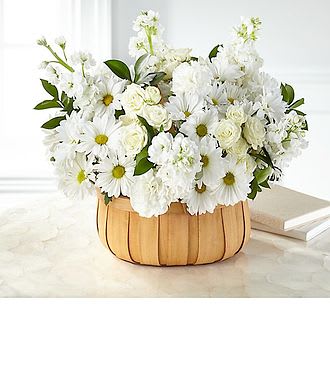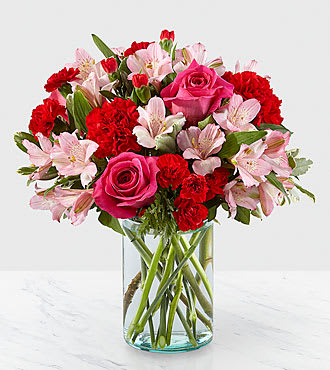- New Baby
- Best Sellers
- Carnations
- $59.90
- $64.90
- $39.90
- $89.90
- $89.90
- $87.90
- $97.90
- $74.90
- $39.90
- $39.90
- $59.90
- $87.90
- $49.90
- $69.90
- $44.90
April 1, 2025
Diamond April Floral Selection
The Bloom Central flower delivery of the month for April in Diamond is the Comfort and Grace Bouquet
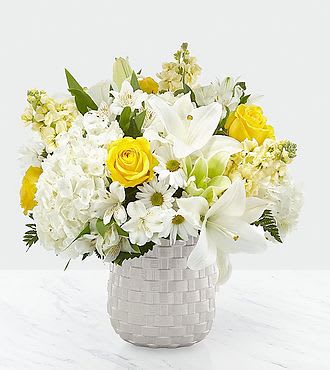
The Comfort and Grace Bouquet from Bloom Central is simply delightful. This gorgeous floral arrangement exudes an aura of pure elegance and charm making it the perfect gift for any occasion.
The combination of roses, stock, hydrangea and lilies is a timeless gift to share during times of celebrations or sensitivity and creates a harmonious blend that will surely bring joy to anyone who receives it. Each flower in this arrangement is fresh-cut at peak perfection - allowing your loved one to enjoy their beauty for days on end.
The lucky recipient can't help but be captivated by the sheer beauty and depth of this arrangement. Each bloom has been thoughtfully placed to create a balanced composition that is both visually pleasing and soothing to the soul.
What makes this bouquet truly special is its ability to evoke feelings of comfort and tranquility. The gentle hues combined with the fragrant blooms create an atmosphere that promotes relaxation and peace in any space.
Whether you're looking to brighten up someone's day or send your heartfelt condolences during difficult times, the Comfort and Grace Bouquet does not disappoint. Its understated elegance makes it suitable for any occasion.
The thoughtful selection of flowers also means there's something for everyone's taste! From classic roses symbolizing love and passion, elegant lilies representing purity and devotion; all expertly combined into one breathtaking display.
To top it off, Bloom Central provides impeccable customer service ensuring nationwide delivery right on time no matter where you are located!
If you're searching for an exquisite floral arrangement brimming with comfort and grace then look no further than the Comfort and Grace Bouquet! This arrangement is a surefire way to delight those dear to you, leaving them feeling loved and cherished.
Diamond Missouri Flower Delivery
Looking for flower delivery?
Wouldn't a Monday be better with flowers? Wouldn't any day of the week be better with flowers? Yes, indeed! Not only are our flower arrangements beautiful, but they can convey feelings and emotions that it may at times be hard to express with words. We have a vast array of arrangements available for a birthday, anniversary, to say get well soon or to express feelings of love and romance. Perhaps you’d rather shop by flower type? We have you covered there as well. Shop by some of our most popular flower types including roses, carnations, lilies, daisies, tulips or even sunflowers.
Whether it is a month in advance or an hour in advance, we also always ready and waiting to hand deliver a spectacular fresh and fragrant floral arrangement anywhere in Diamond MO.
Diamond Flower Shops
Would you prefer to place your flower order in person rather than online? Here are a few Diamond florists to contact:
Beck Floral & Gift Shop
115 N College St
Neosho, MO 64850
Designs By Debbie
300 E 5th St
Cassville, MO 65625
Don Davis Florist
1710 E 32nd St
Joplin, MO 64804
Forget Me Not
107 W 2nd
Joplin, MO 64801
Higdon Florist
201 E 32nd
Joplin, MO 64804
In The Garden Floral And Gifts
201 E 12th St
Baxter Springs, KS 66713
Mount Vernon Greenhouse & Floral
448 W Mount Vernon Blvd
Mount Vernon, MO 65712
Stone Cottage Flowers Decor & More
518 Center St
Sarcoxie, MO 64862
The Little Shop of Flowers
511 N Broadway St
Pittsburg, KS 66762
The Wild Flower
1832 E 32nd St
Joplin, MO 64804
Flowers for Diamond Funeral Homes
Whether you are looking for casket spray or a floral arrangement to send in remembrance of a lost loved one, our local florist will hand deliver flowers that are befitting the occasion. We deliver flowers to all funeral homes near Diamond MO including:
Clark Funeral Homes
Granby, MO 64844
Housh Funeral Home
Sarcoxie, MO 64862
Mason-Woodard Mortuary & Crematory
3701 E 7th St
Joplin, MO 64801
Ozark Memorial Park Cemetery
415 N Saint Louis Ave
Joplin, MO 64801
Yates Trackside Furniture
1004 E 15th St
Joplin, MO 64804
Spotlight on Olive Branches
Olive branches don’t just sit in an arrangement—they mediate it. Those slender, silver-green leaves, each one shaped like a blade but soft as a whisper, don’t merely coexist with flowers; they negotiate between them, turning clashing colors into conversation, chaos into harmony. Brush against a sprig and it releases a scent like sun-warmed stone and crushed herbs—ancient, earthy, the olfactory equivalent of a Mediterranean hillside distilled into a single stem. This isn’t foliage. It’s history. It’s the difference between decoration and meaning.
What makes olive branches extraordinary isn’t just their symbolism—though God, the symbolism. That whole peace thing, the Athena mythology, the fact that these boughs crowned Olympic athletes while simultaneously fueling lamps and curing hunger? That’s just backstory. What matters is how they work. Those leaves—dusted with a pale sheen, like they’ve been lightly kissed by sea salt—reflect light differently than anything else in the floral world. They don’t glow. They glow. Pair them with blush peonies, and suddenly the peonies look like they’ve been dipped in liquid dawn. Surround them with deep purple irises, and the irises gain an almost metallic intensity.
Then there’s the movement. Unlike stiff greens that jut at right angles, olive branches flow, their stems arching with the effortless grace of cursive script. A single branch in a tall vase becomes a living calligraphy stroke, an exercise in negative space and quiet elegance. Cluster them loosely in a low bowl, and they sprawl like they’ve just tumbled off some sun-drenched grove, all organic asymmetry and unstudied charm.
But the real magic is their texture. Run your thumb along a leaf’s surface—topside like brushed suede, underside smooth as parchment—and you’ll understand why florists adore them. They’re tactile poetry. They add dimension without weight, softness without fluff. In bouquets, they make roses look more velvety, ranunculus more delicate, proteas more sculptural. They’re the ultimate wingman, making everyone around them shine brighter.
And the fruit. Oh, the fruit. Those tiny, hard olives clinging to younger branches? They’re like botanical punctuation marks—periods in an emerald sentence, exclamation points in a silver-green paragraph. They add rhythm. They suggest abundance. They whisper of slow growth and patient cultivation, of things that take time to ripen into beauty.
To call them filler is to miss their quiet revolution. Olive branches aren’t background—they’re gravity. They ground flights of floral fancy with their timeless, understated presence. A wedding bouquet with olive sprigs feels both modern and eternal. A holiday centerpiece woven with them bridges pagan roots and contemporary cool. Even dried, they retain their quiet dignity, their leaves fading to the color of moonlight on old stone.
The miracle? They require no fanfare. No gaudy blooms. No trendy tricks. Just water and a vessel simple enough to get out of their way. They’re the Stoics of the plant world—resilient, elegant, radiating quiet wisdom to anyone who pauses long enough to notice. In a culture obsessed with louder, faster, brighter, olive branches remind us that some beauties don’t shout. They endure. And in their endurance, they make everything around them not just prettier, but deeper—like suddenly understanding a language you didn’t realize you’d been hearing all your life.
More About Diamond
Are looking for a Diamond florist because you are not local to the area? If so, here is a brief travelogue of what Diamond has to offer. Who knows, perhaps you'll be intrigued enough to come visit soon, partake in some of the fun activities Diamond has to offer and deliver flowers to your loved one in person!
Diamond, Missouri sits quietly in the southwestern part of the state, a place where the horizon stretches like a yawn and the fields pulse with the kind of green that feels like a argument against cynicism. To drive into Diamond is to pass through a landscape that insists on its own unassuming significance, corn rows stitching the earth, barns slouching with dignity, clouds moving as if they’ve got all the time in the world. The town’s name suggests something hidden, a jewel beneath the surface, and it takes about five minutes of talking to anyone at the Gas ’n’ Go or the library or the high school football field to realize the metaphor isn’t just decorative.
This is, after all, where George Washington Carver decided to enter the world, a man who would later coax miracles from peanuts and sweet potatoes, who would teach a country how to see renewal in the tired soil. The Carver National Monument here isn’t just a plaque or a statue but a sprawling ode to curiosity: trails wind through woods he once wandered, a museum case displays his paintings of prairie flowers, and the air smells like turned earth and possibility. Visitors move through the space with a reverence usually reserved for cathedrals, which makes sense, Carver’s work was a kind of scripture, a testament to the gospel of small, patient acts.

Same day service available. Order your Diamond floral delivery and surprise someone today!
Diamond today operates under the same quiet principles. The town’s rhythm syncs with the grow-and-gather cycles of farming, yet there’s nothing backward-glancing about it. At the Farmers’ Cooperative, men and women in seed-company caps debate soil pH levels like philosophers, their hands calloused from labor that feeds people they’ll never meet. The local diner, where pie rotates under glass domes like edible art, serves as a parliament of sorts; here, the retired postmaster holds court on the merits of heirloom tomatoes while teenagers in FFA jackets gossip about hog prices and TikTok trends, their phones dusty from barns.
What’s striking isn’t the absence of rush but the presence of something else, an unspoken agreement that no one’s invisible here. When the fire department hosts its annual pancake breakfast, the line wraps around the block not because the syrup is artisanal but because showing up matters. The school’s science fair features volcanoes built by third graders and solar-powered chicken coop models by seniors, and the gym fills with parents who cheer for each eruption and egg-laying innovation with equal fervor. You get the sense that in Diamond, the act of noticing, a skill Carver himself mastered, is a civic duty.
There’s a patch of wildflowers near the monument’s entrance, planted to attract pollinators, and watching bees bob between blooms feels like observing the town’s ethos in microcosm. Everything here seems to answer to a quiet, persistent call: to work without grandstanding, to tend what’s in front of you, to find the extraordinary in the stuff others might overlook. Diamond doesn’t dazzle. It doesn’t have to. It persists, humming with the kind of ordinary magic that outlasts spectacle. You leave wondering if the place is a mirror, if its lessons about attention and care might, like Carver’s peanuts, thrive anywhere, if only you’d plant them.






